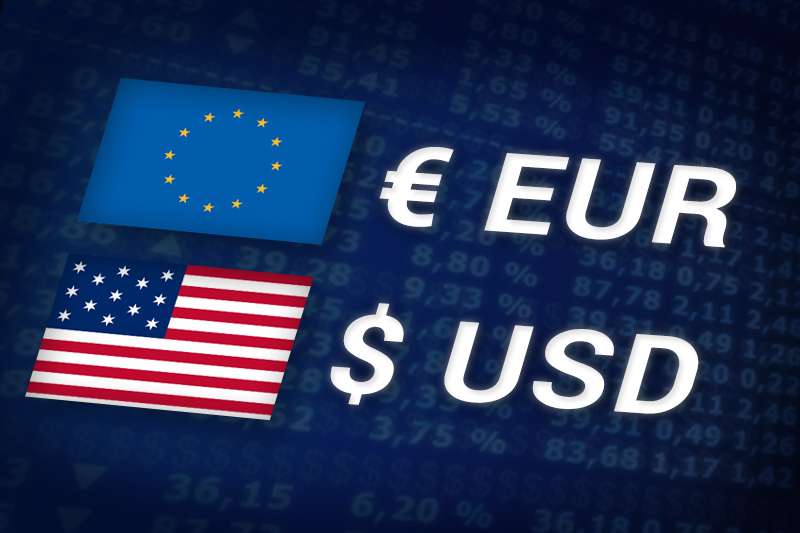Investing.com - The euro strengthened against the dollar on Friday after the U.S. government reported that the country's gross domestic product grew only 2.2 percent in the first quarter, according to advance estimates from the Commerce Department.
In U.S. trading on Friday, EUR/USD was trading at 1.3252, up 0.23%, up from a session low of 1.3158 and off from a high of 1.3270.
The pair was likely to find support at 1.3105, the low on April 23, and resistance at 1.3368, the high of April 03.
The Commerce Department reported preliminary figures show the U.S gross domestic product grew 2.2% in the first quarter, below estimates for a 2.5% gain.
Despite the weaker-than-expected performance of the headline GDP growth figure, the numbers weren't all bad, as despite reduced government spending and business investment, consumers spent more in the first quarter.
Meanwhile, the Thomson Reuters/University of Michigan's consumer sentiment index hit 76.4 in April, beating expectations for a 75.7 reading.
Despite sunnier consumer numbers, the overall GDP report revealed the economy still faces headwinds, which sent the dollar weakening.
Federal Reserve Chairman Ben Bernanke has said the U.S. central bank cannot rule out the possibility of stimulating the economy at the dollar's expense via monetary easing measures should the need arise, and Friday's weak economic growth rekindled concerns the Fed may consider intervening.
Weak growth figures in the U.S. prompted investors to overlook a decision by U.S. ratings agency Standard & Poor's to downgrade Spain, the second such move this year.
Aside from cutting Spain’s long term debt rating to BBB-plus, the agency slapped a negative outlook rating on the country as well.
Furthermore, Spain's jobless rate hit 24.4%, an 18-year high, the National Statistics Institute reported.
The euro, meanwhile, was down against the pound and up against the yen, with EUR/GBP trading down 0.12% at 0.8159 and EUR/JPY down 0.44% and trading at 106.61.
In U.S. trading on Friday, EUR/USD was trading at 1.3252, up 0.23%, up from a session low of 1.3158 and off from a high of 1.3270.
The pair was likely to find support at 1.3105, the low on April 23, and resistance at 1.3368, the high of April 03.
The Commerce Department reported preliminary figures show the U.S gross domestic product grew 2.2% in the first quarter, below estimates for a 2.5% gain.
Despite the weaker-than-expected performance of the headline GDP growth figure, the numbers weren't all bad, as despite reduced government spending and business investment, consumers spent more in the first quarter.
Meanwhile, the Thomson Reuters/University of Michigan's consumer sentiment index hit 76.4 in April, beating expectations for a 75.7 reading.
Despite sunnier consumer numbers, the overall GDP report revealed the economy still faces headwinds, which sent the dollar weakening.
Federal Reserve Chairman Ben Bernanke has said the U.S. central bank cannot rule out the possibility of stimulating the economy at the dollar's expense via monetary easing measures should the need arise, and Friday's weak economic growth rekindled concerns the Fed may consider intervening.
Weak growth figures in the U.S. prompted investors to overlook a decision by U.S. ratings agency Standard & Poor's to downgrade Spain, the second such move this year.
Aside from cutting Spain’s long term debt rating to BBB-plus, the agency slapped a negative outlook rating on the country as well.
Furthermore, Spain's jobless rate hit 24.4%, an 18-year high, the National Statistics Institute reported.
The euro, meanwhile, was down against the pound and up against the yen, with EUR/GBP trading down 0.12% at 0.8159 and EUR/JPY down 0.44% and trading at 106.61.
